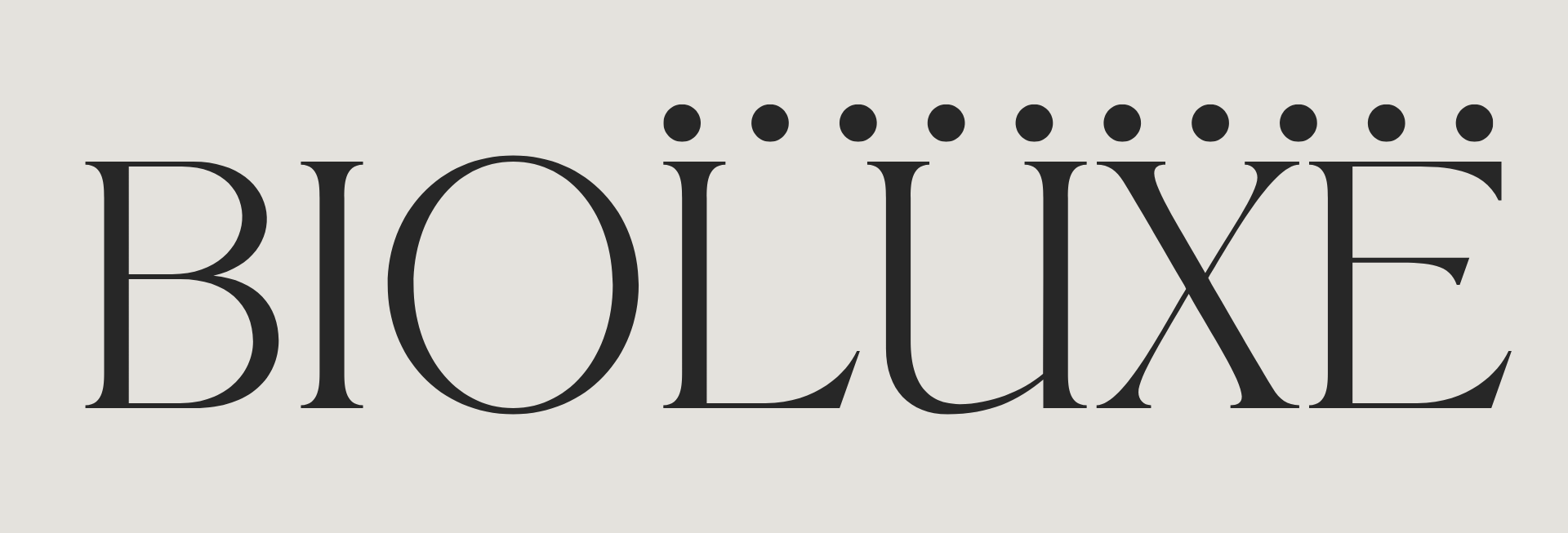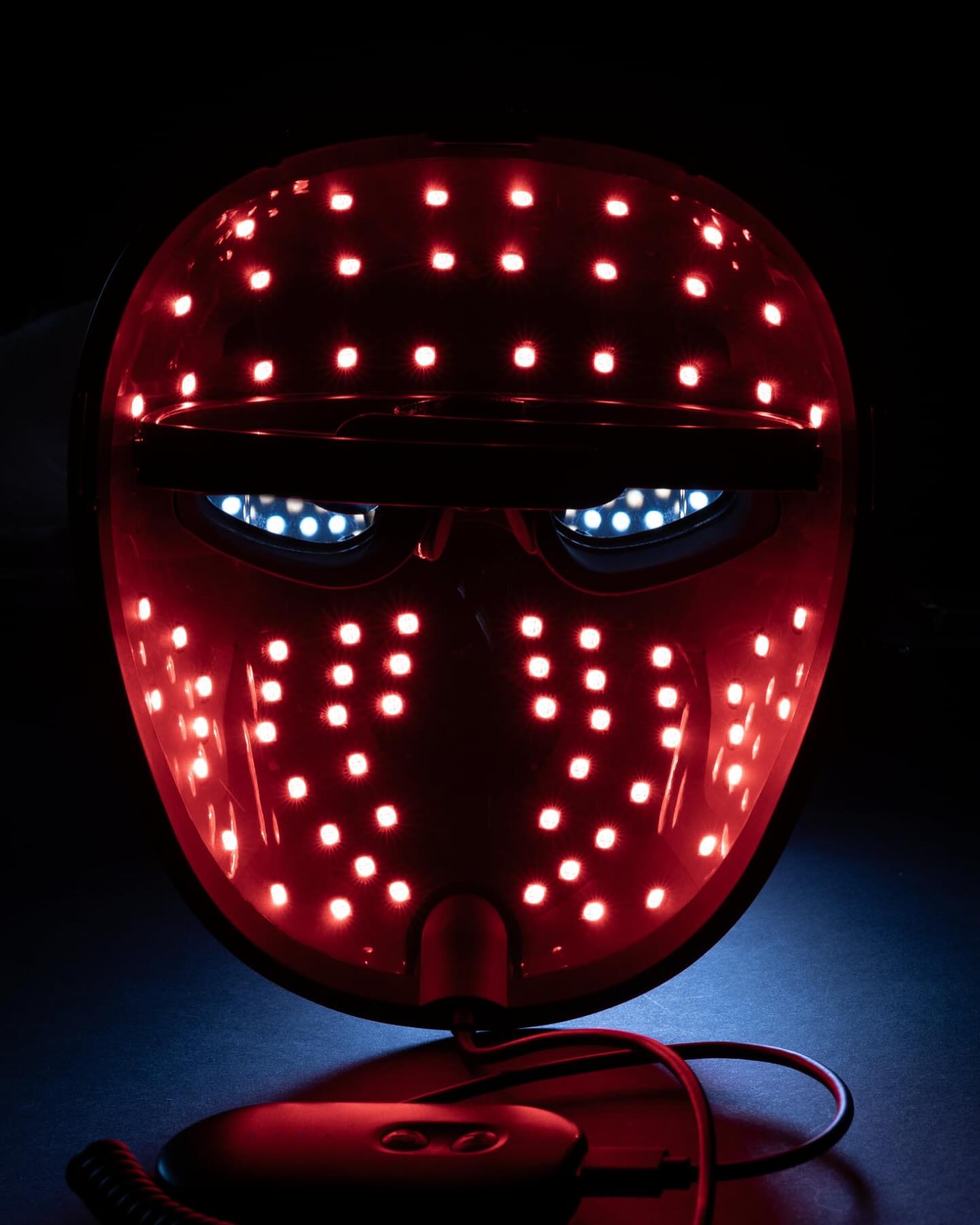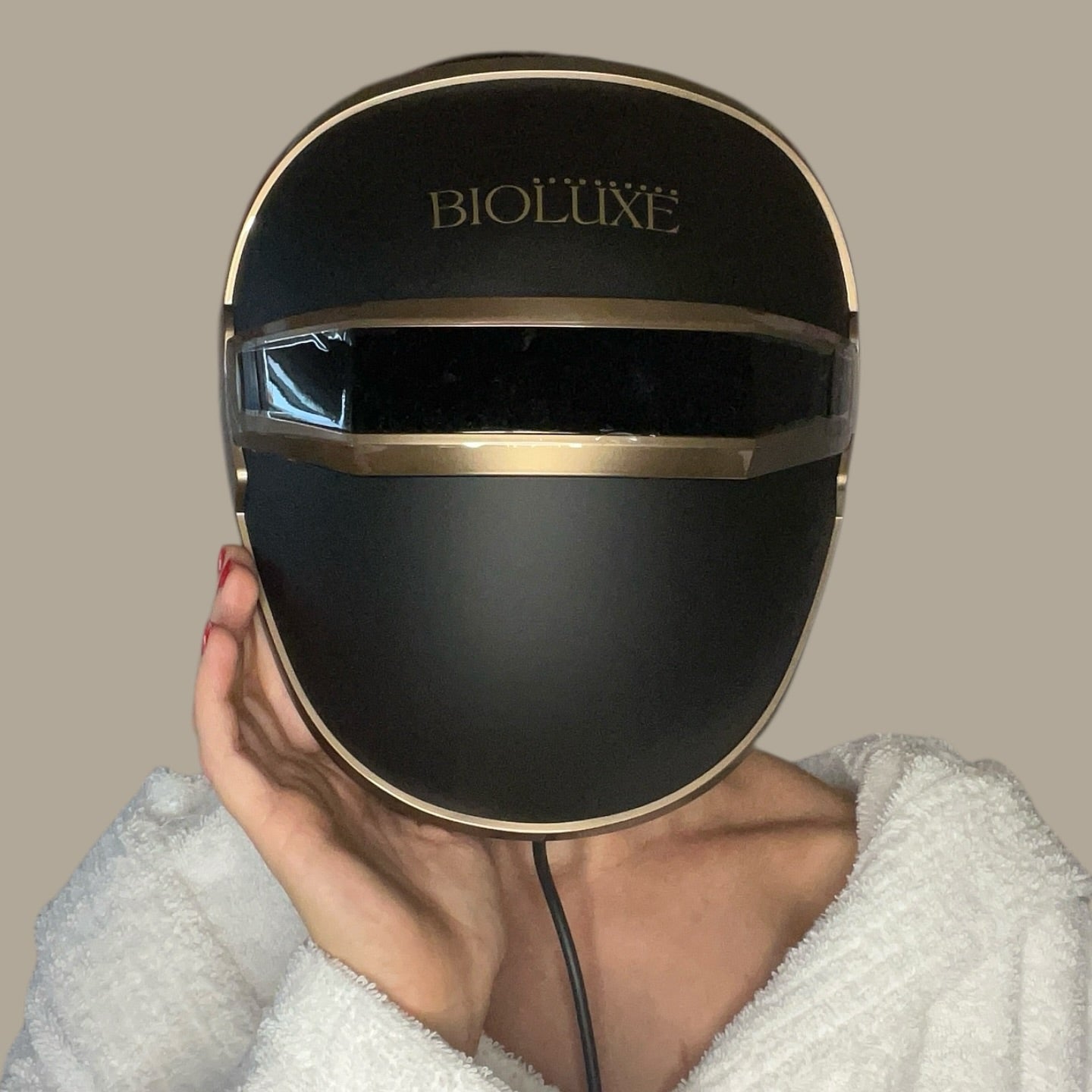In recent years, blue light therapy has become a popular non-invasive skincare treatment known for its effectiveness in treating acne, reducing inflammation, and improving overall skin health. But what exactly is blue light therapy, how does it work, and what benefits can it offer? This comprehensive guide will walk you through everything you need to know about blue light therapy — backed by scientific research — so you can decide if it’s right for your skincare routine. shop now : www.bioluxeuk.com
What Is Blue Light Therapy?
Blue light therapy is a form of phototherapy that uses specific wavelengths of blue light, typically in the range of 405–420 nanometers (nm), to target skin conditions primarily related to acne and inflammation. The therapy works by penetrating the upper layers of the skin to eliminate acne-causing bacteria and calm irritated skin.
Unlike harmful ultraviolet (UV) light, blue light therapy does not damage the skin or cause sunburn. Instead, it offers a safe, painless alternative for skin treatment that can be done in clinics or with at-home LED devices.
How Does Blue Light Therapy Work?
The main mechanism behind blue light therapy is its ability to kill Propionibacterium acnes (P. acnes), the bacteria responsible for inflammatory acne. When blue light interacts with these bacteria, it activates porphyrins inside them, which produce reactive oxygen species (ROS) that destroy the bacteria, reducing acne lesions.
Additionally, blue light therapy reduces inflammation and helps regulate oil production in the sebaceous glands, preventing future breakouts.
Effectively Treats Acne
Blue light therapy is widely recognized for its powerful acne-fighting properties. By targeting and destroying P. acnes bacteria, it significantly reduces breakouts, inflammation, and redness. Clinical studies have shown consistent improvement in mild to moderate acne cases after regular treatments (source).
Reduces Inflammation and Calms Skin
Blue light therapy not only targets bacteria but also soothes irritated and inflamed skin. This makes it beneficial for skin conditions characterized by redness, such as rosacea and psoriasis. The anti-inflammatory effects help reduce swelling and discomfort, promoting healthier skin.
Non-Invasive and Painless
Unlike harsh chemical treatments or laser therapies, blue light therapy is gentle, non-invasive, and painless. There is no downtime required, and it can be safely combined with other skincare treatments.
Convenient At-Home Treatment
With the rise of LED technology, blue light therapy devices like facial masks and handheld wands are now available for home use. This makes it easier to maintain consistent treatment sessions without expensive clinic visits.
Safe for Most Skin Types
Blue light therapy is generally safe for all skin types and tones. It does not cause hyperpigmentation or scarring, which can sometimes happen with other acne treatments.
How to Use Blue Light Therapy Safely
-
Follow the manufacturer’s instructions carefully.
-
Use the device for the recommended time, typically 10 minutes per session.
-
Treat 3–5 times a week for best results.
-
Always clean your skin before treatment.
-
Protect your eyes using goggles if recommended.
-
Avoid overuse to prevent dryness or irritation.
Blue Light Therapy vs Red Light Therapy: What’s the Difference?
While both are types of LED light therapy, they serve different purposes:
-
Blue Light Therapy: Primarily targets acne-causing bacteria and reduces inflammation on the skin surface.
-
Red Light Therapy: Penetrates deeper to stimulate collagen production, reduce wrinkles, and heal damaged skin.
Many advanced devices, like the Bioluxe 8-Colour + Near-Infrared LED Mask, combine blue and red light therapy to offer comprehensive skincare benefits, targeting both acne and aging signs simultaneously.
Common Side Effects and Precautions
Blue light therapy is considered safe, but some users might experience mild side effects such as:
-
Dryness or tightness of the skin
-
Temporary redness or irritation
-
Eye strain if eyes aren’t properly protected during treatment
If you have photosensitive skin or are on medication that increases light sensitivity, consult a healthcare professional before use.
Incorporating Blue Light Therapy Into Your Skincare Routine
To maximize results:
-
Cleanse your skin thoroughly to remove oils and makeup.
-
Use blue light therapy as directed (typically 10–20 minutes per session).
-
Apply acne-fighting serums or moisturizers after treatment to soothe skin.
-
Wear sunscreen daily to protect treated skin from UV damage.
Final Thoughts
Blue light therapy offers an effective, safe, and convenient way to combat acne and soothe irritated skin. Whether you’re struggling with breakouts, redness, or inflammatory skin conditions, blue light therapy can be a game changer. Combining it with other light therapies, like red light for anti-aging benefits, provides a full-spectrum solution for radiant, healthy skin.
For the best at-home experience, consider high-quality devices like the Bioluxe LED Facial Mask, which combines blue light with other therapeutic wavelengths to deliver professional-level results right in your own home.




Leave a comment
This site is protected by hCaptcha and the hCaptcha Privacy Policy and Terms of Service apply.